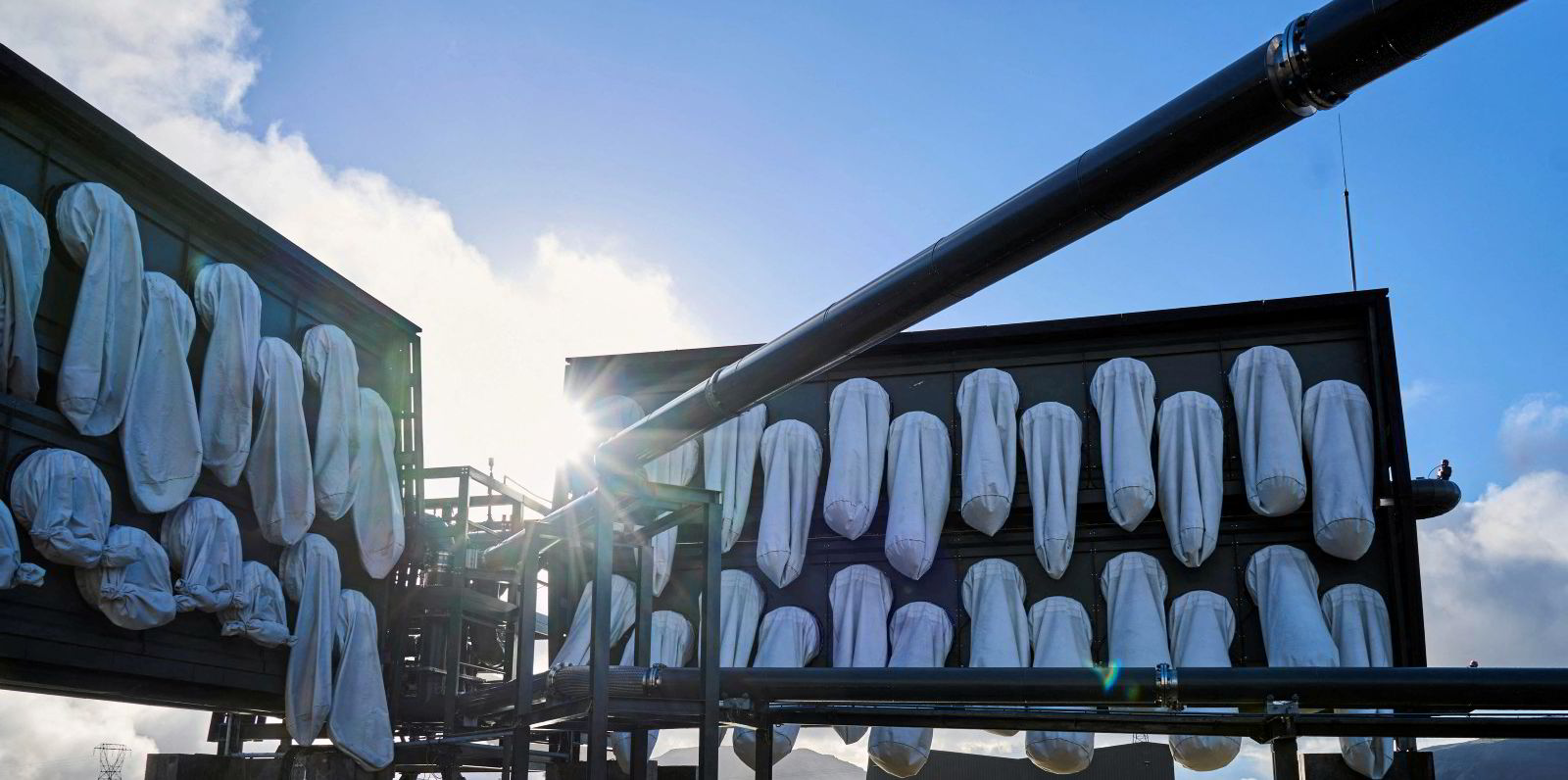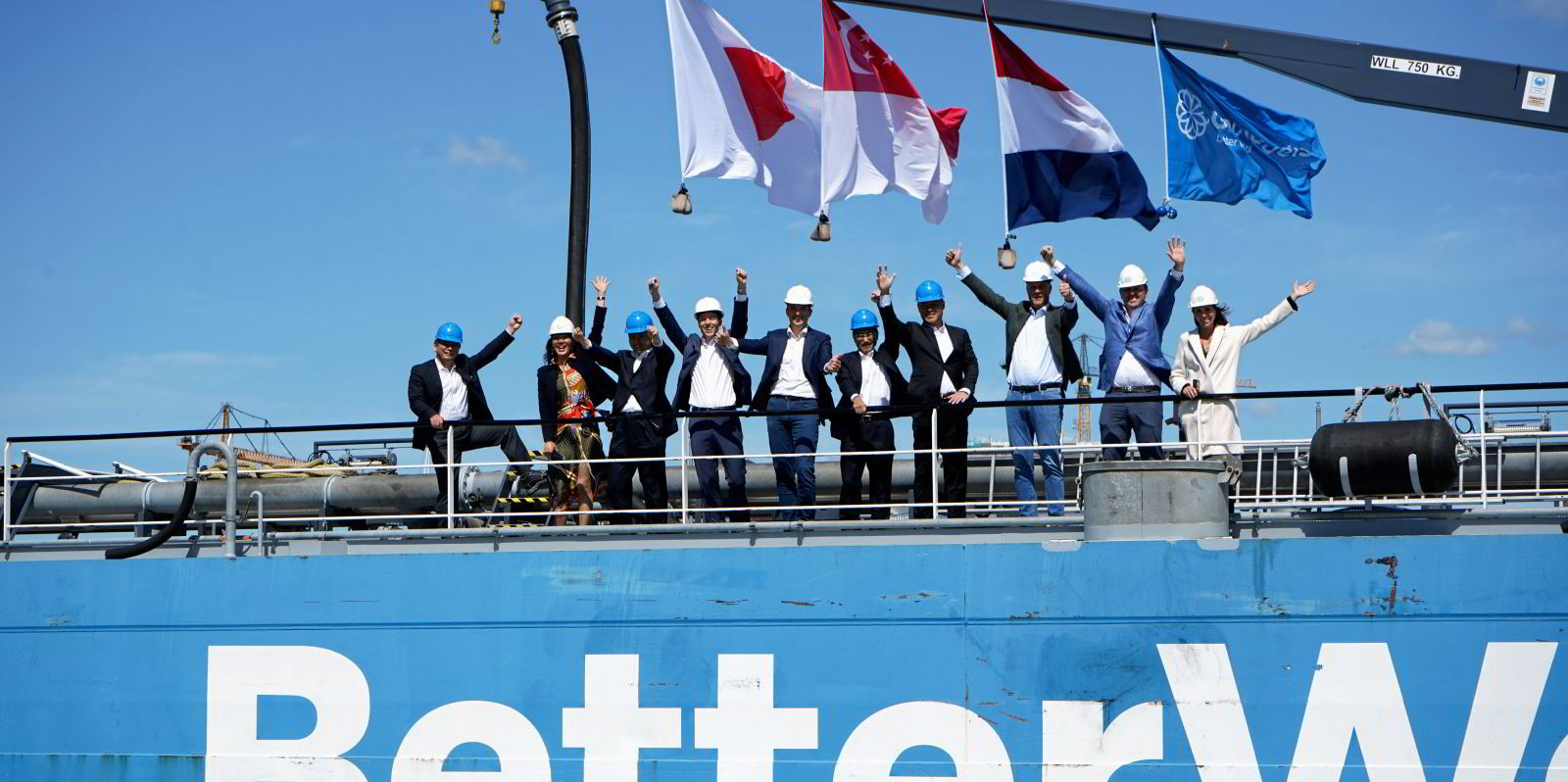Sucking carbon out of the air, and then using it to make net-zero fuels for shipping, is an appealing solution as the industry faces pressure to slash greenhouse gas emissions.
But despite the threat they represent to the climate, CO2 molecules make up a tiny percentage of the atmosphere, so to use direct air capture (DAC) technology to tease out carbon requires sifting a lot of air — and spending a lot of money.
Georgios Plevrakis, vice president of global sustainability at ABS, said a key problem facing the role of carbon capture in greening shipping’s fuel supply chain is figuring out how to make DAC and other technologies more efficient.
“We’re talking a lot about direct air capture, and that only makes sense if you mature the technology and you make it a lot more efficient than it is,” he told Tradewinds.
As shipping faces pressure to slash its well-to-wake greenhouse gas emissions, ABS believes DAC has a “very important role to play”.
But the US-based classification society said in a report that it is also very expensive, with capture prices varying from $100 per tonne to $1,000 per tonne.
Using captured carbon sourced from DAC or from bio-feedstocks is favourable to capturing emissions from sources such as power plants, because that only serves to move CO2 emitted from another industry into the marine fuel supply chain, only to be spat back out again.
“The expectation is that the synthetic fuels will eventually come from direct air capture or some synthetic bio feedstock carbon,” Plevrakis said.
“The basic problem is how do you scale both up? How do you scale the DAC up so that you can have that carbon from the air to combine it with hydrogen?”
The consequence of that high cost is that 19 DAC plants operating worldwide captured just 10,000 tonnes of CO2 in 2021. That is expected to change, with the International Energy Agency predicting DAC to be scaled up to 85m tonnes by 2030 and 980m tonnes by 2050.
As DAC grows, its costs should also go down.
But, over time, so too will the efficiency of electrolysers — the technology used to convert renewable energy into green hydrogen.
“And therefore, it is highly likely that green alternative fuels that do not require that carbon molecule at the end of [a] period of 20 years will become a bit more cost-effective,” Plevrakis said.





